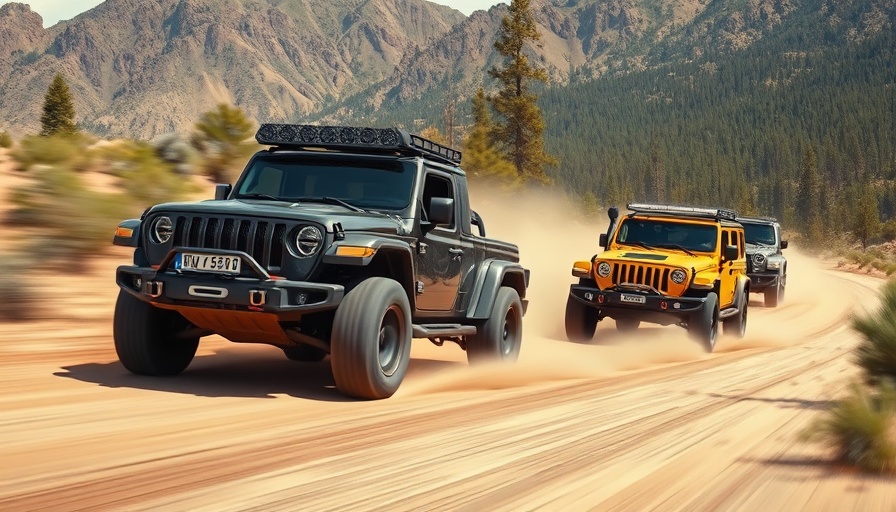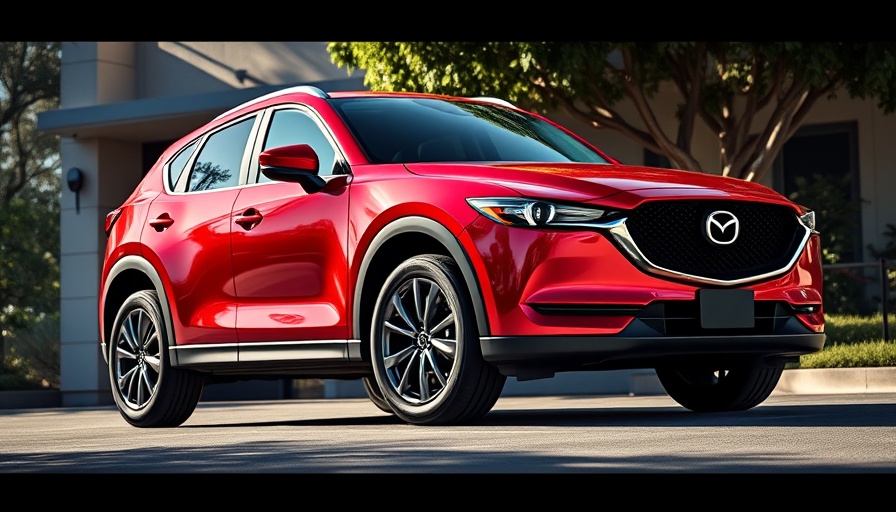
The Evolution of Armored Vehicle Protection: A Lifesaving Innovation
What if you were told that the difference between life and death could come down to a few inches of advanced armoring and years of engineering innovation? Since the beginning of the new millennium, the evolution of armored vehicle protection has transformed military operations and civilian security, creating solutions that were nearly unimaginable just 25 years ago.
From Steel to Superiority: Early 2000s Developments
2000 marked a significant turning point in armored vehicle development. As security threats around the globe increased and technology advanced, the armored vehicle industry underwent a radical transformation. In the early 2000s, improvements in ballistic steel compositions and manufacturing processes led to the phase-out of traditional armor in favor of high-hardness ballistic steel alloys. This transition not only made vehicles sturdier but also lighter, thanks to advanced heat-treatment processes.
During this time, the National Institute of Justice (NIJ) revised their ballistic resistance standards, creating a framework that would dictate the safety of armored vehicles for decades. European counterparts also established rigorous standards, such as the EN 1063 and VPAM testing protocols, ensuring that armored vehicles could withstand everything from small handguns to .50 caliber rifle rounds.
Cutting-Edge Composite Armor: A Mid-2000s Breakthrough
As we moved into the mid-2000s, a major revolution in armoring materials occurred. While materials like Kevlar and ultra-high-molecular-weight polyethylene (UHMWPE) had existed since the 1960s, their usage in armored vehicles skyrocketed. These advanced fibers allowed for a new protective design that combined hard armor plates with flexible materials, effectively shielding occupants against both kinetic and fragmentary threats.
The advent of low-density ceramics such as silicon carbide and boron carbide also made a lasting impact. By integrating these materials into the vehicle armor, manufacturers increased protection levels while effectively managing weight limitations. This enhancement facilitated the development of civilian vehicles that offered military-grade protection without compromising comfort or aesthetic appeal.
Adapting to New Threats: Late 2000s Blast Resistance
By the late 2000s, the landscape for armored vehicle defenses was forever changed due to the widespread implementation of improvised explosive devices (IEDs) during military engagements in the Middle East. These threats led to a staggering percentage of coalition casualties, prompting urgent advancements in blast-resistant technologies.
The Department of Defense’s Mine-Resistant Ambush Protected (MRAP) program, initiated in 2007, epitomized these necessary innovations. Focused on military personnel's safety, MRAP vehicles provided formidable blast resistance, showcasing how military advancements can translate into future civilian applications.
Future Trends: Shaping Tomorrow’s Armored Vehicles
The future of armored vehicle protection points toward further integration of smart materials and technologies. Concepts like adaptive armor, which can alter its composition based on the type of threat, promise to enhance safety even more. Moreover, the integration of artificial intelligence in threat detection and response is on the horizon, potentially creating a new breed of vehicles that not only defend but also predict and react to dangers.
For the modern consumer, especially car owners and entrepreneurs prioritizing safety, understanding these advancements is crucial. Choosing a vehicle equipped with the latest in armored technology can be a decisive factor for personal security, impacting lifestyle and peace of mind.
Conclusion: Make a Well-Informed Choice Today
The evolution of armored vehicle protection has come a long way since the early 2000s, adapting to meet evolving threats through constant innovation. Whether you're a professional businessperson, solopreneur, or a conscious car owner, staying informed about these advancements can significantly affect your security choices behind the wheel.
If you're considering upgrading your protective vehicle or want to learn more about the safety features available today, call us today at 0208 144 7079 for more information. Making informed choices about vehicle safety can truly offer peace of mind in a world of emerging threats.
 Add Row
Add Row  Add
Add 




Write A Comment